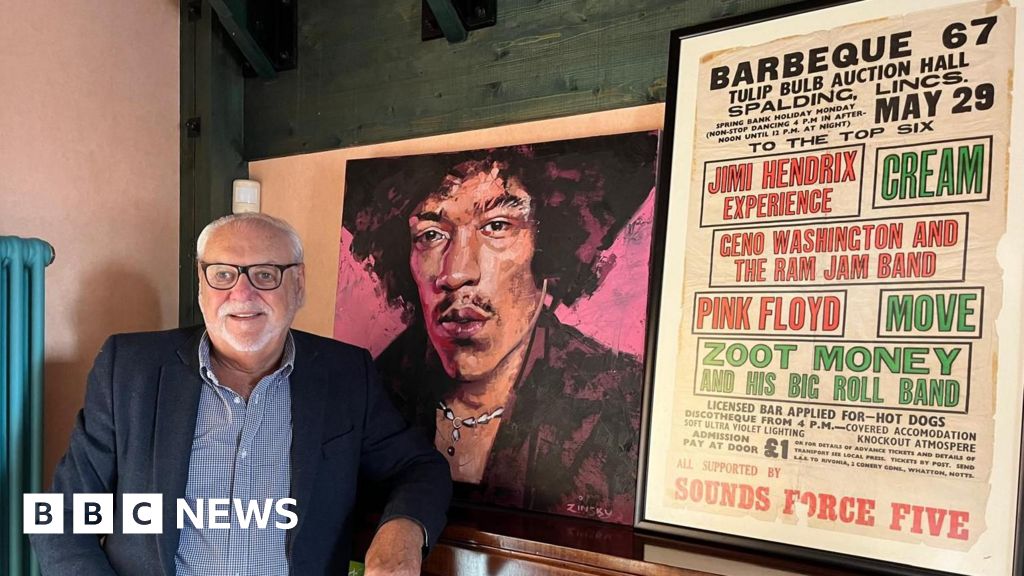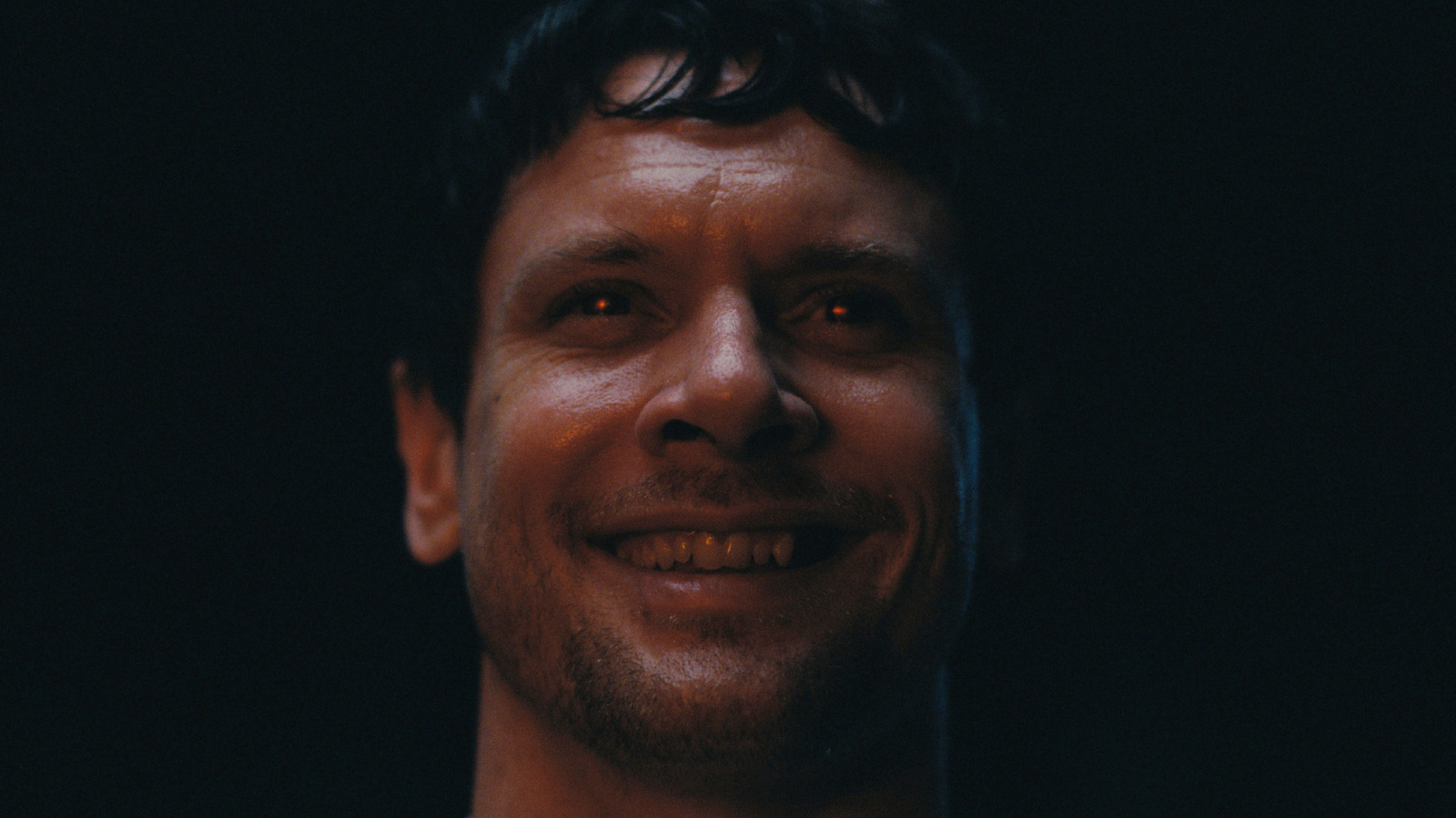Director Nia DaCosta Reflects on Challenges Faced While Making 'The Marvels'

In the landscape of superhero cinema, The Marvels has emerged not only as a sequel to Captain Marvel, one of Marvel's most surprising successes, but also as a notable endeavor that attempted to intertwine characters and storylines from multiple Disney+ streaming shows. However, the journey of bringing this ambitious project to life was fraught with challenges, and the final product has not resonated well with audiences or critics alike.
The production of The Marvels was notably turbulent, with various obstacles hindering its success. Many fans expressed disappointment with the film's storyline, which they found lacking in depth and coherence. Moreover, the film failed to perform well at the box office, raising concerns about its viability within the ever-competitive superhero genre. As such, the film's underwhelming response was an unpleasant surprise, given the high expectations that followed the beloved original.
In the aftermath of the film's release, much of the blame was placed on director Nia DaCosta, making her an easy target for criticism. As a young, Black, female filmmaker in a male-dominated industry, DaCosta faced undue scrutiny, as the narrative surrounding her leadership of such a high-profile project quickly turned negative. This criticism, often bordering on offensive, overlooked the complexities and pressures inherent in large-scale filmmaking, particularly in a corporate environment where creative control can be limited.
Reflecting on her experiences at the Storyhouse screenwriting festival in Dublin, DaCosta shared insights into the unique demands associated with Marvel's filmmaking process. According to a report by Deadline, she remarked, “They had a date, and they were prepping certain things, and you just have to lean into the process hardcore.” This statement underscores the often rigid timelines and expectations that come with blockbuster filmmaking, which can challenge even the most seasoned directors.
Further elaborating on her experiences, DaCosta acknowledged the evolution of her vision throughout production. She stated, “There was a certain point when I was like, ‘Ok, this isn’t going to be the movie that I pitched or even the first version of the movie that I shot.’” This candid admission reflects her understanding that filmmaking is not just about executing a vision but also about navigating an evolving creative landscape. She viewed the experience as a learning curve, emphasizing that such challenges can ultimately strengthen a filmmaker's skills.
Despite the tribulations faced during the making of The Marvels, DaCosta appears to have maintained a positive outlook. While it is clear that the experience may have been frustrating, her resilience shines through. Her determination to rise above the setbacks and view the project as a valuable lesson in her career journey is commendable. DaCosta's next venture will lead her to the United Kingdom, where she will direct 28 Years Later: The Bone Temple, a film set to be released in January 2026. As she embarks on this new project, it will be interesting to see how her experiences shape her future work and influence her as a filmmaker.


















